Areka palm - Palma areka
Areka palm
Today I am going to show you this beautiful specimen of the Areka palm which I found in the parish halls of the Sacred Heart of Jesus Parish.
Palma areka
En el día de hoy les voy a enseñar a este hermoso ejemplar de la Palma areka la cual me la encontré en los salones parroquiales de la parroquia sagrado corazón de Jesús
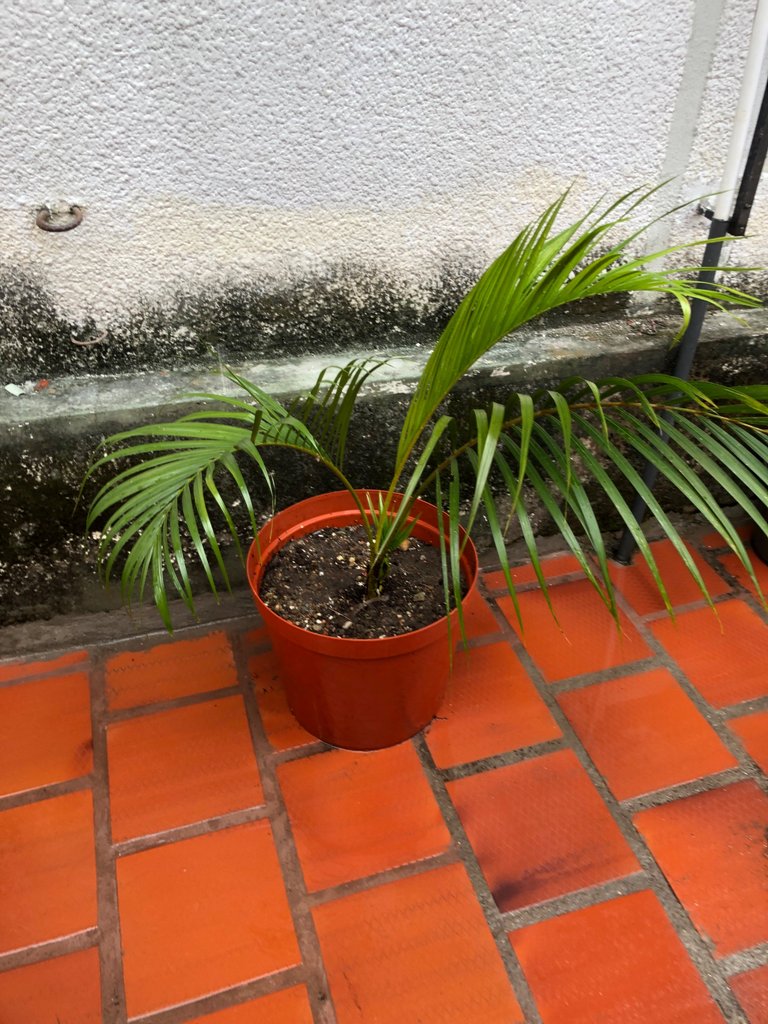
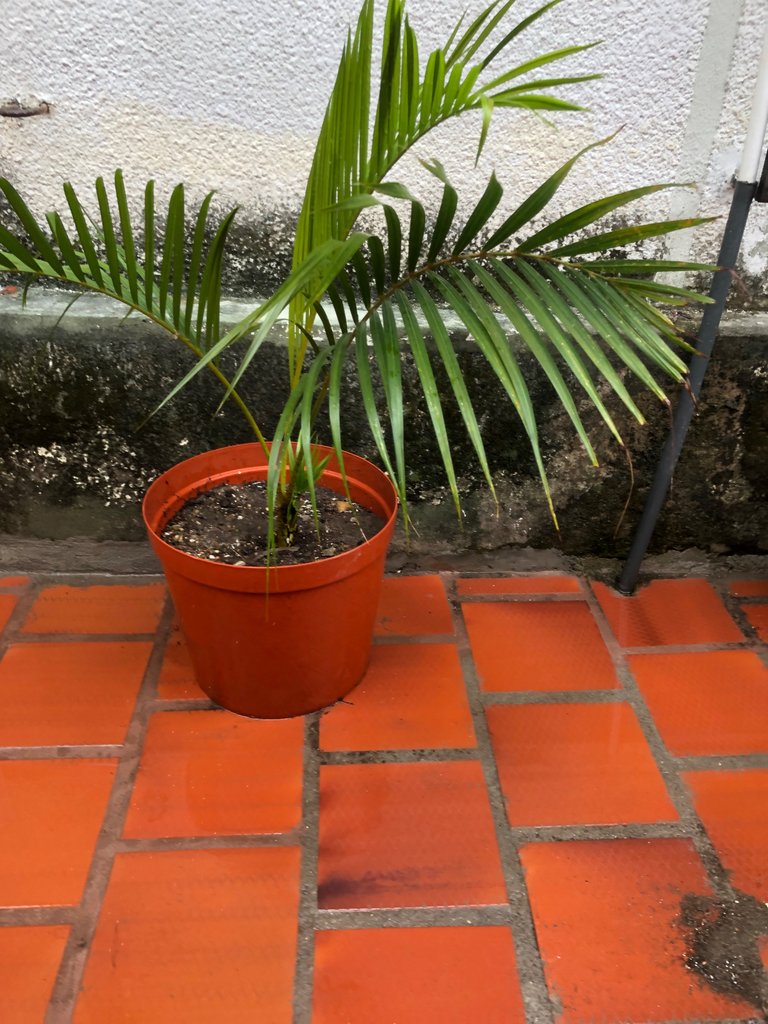
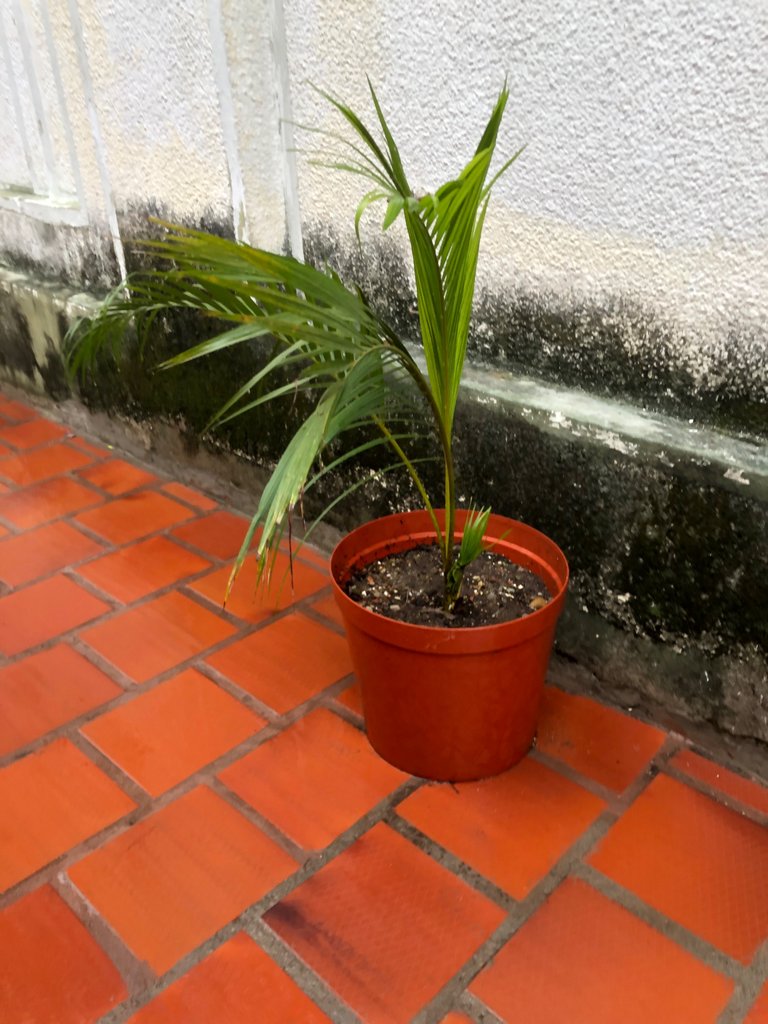
The areka palm is native to Southeast Asia, the areca palm is cultivated in tropical areas of Asia, Africa and Oceania, mainly in savannahs and land near the sea. The name of places such as Guwahati in India, Penang in Malaysia and Fua Mulaku in Maldives originates from the local name of the areca.
La Palma areka es originaria del sudeste asiático, la palma de areca se cultiva en las zonas tropicales de Asia, África y Oceanía, principalmente en sabanas y terrenos cercanos al mar. El nombre de lugares como Guwahati en la India, Penang en Malasia y Fua Mulaku en Maldivas tiene su origen en el nombre local de la areca.
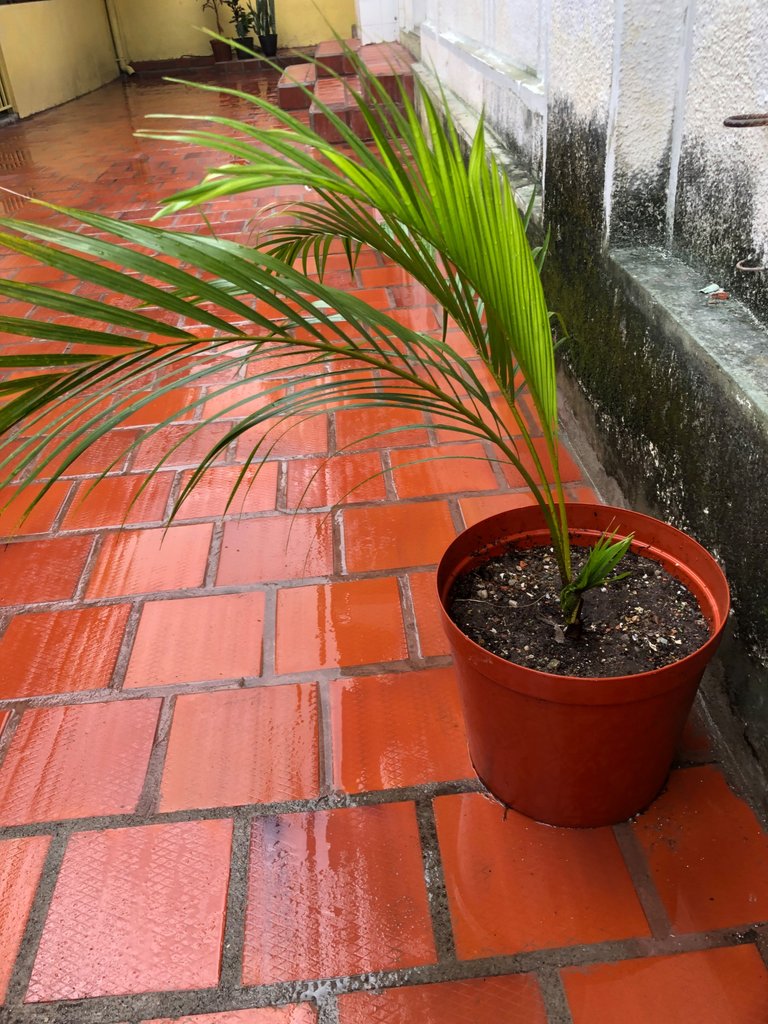
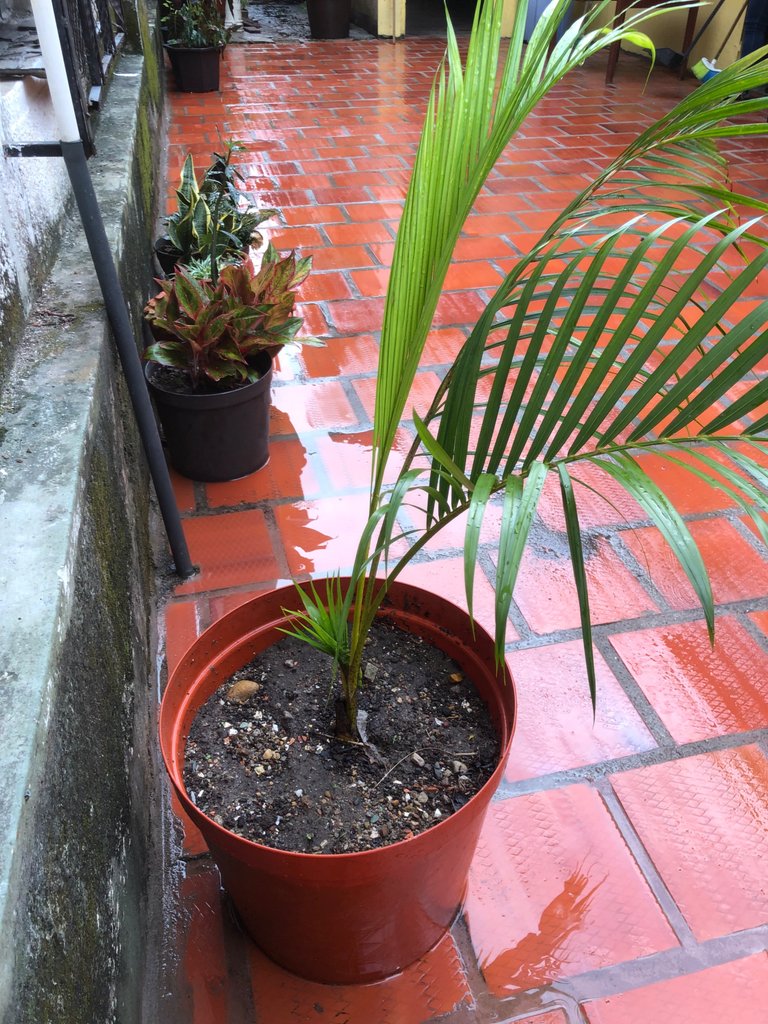
Dyspsis lutescens has been introduced in several regions of the world because of its great adaptability, it can withstand full sun or semi-shade, although semi-shade is recommended. It can be grown indoors or outdoors. Dypsis lutescens is suitable for warm climates and can withstand light frosts down to -2 °C. For its cultivation it requires a humid environment, avoiding puddles in the substrate.
lutescens se ha introducido en varias regiones del mundo por su gran adaptabilidad, puede resistir el pleno sol o la semisombra, aunque se recomienda la semisombra. Puede ser cultivada en interiores o en exteriores. La dypsis lutescens es apropiada para climas cálidos y puede resistir heladas ligeras de hasta -2 °C. Para su cultivo se requiere de un ambiente húmedo, evitando encharcamientos en el sustrato
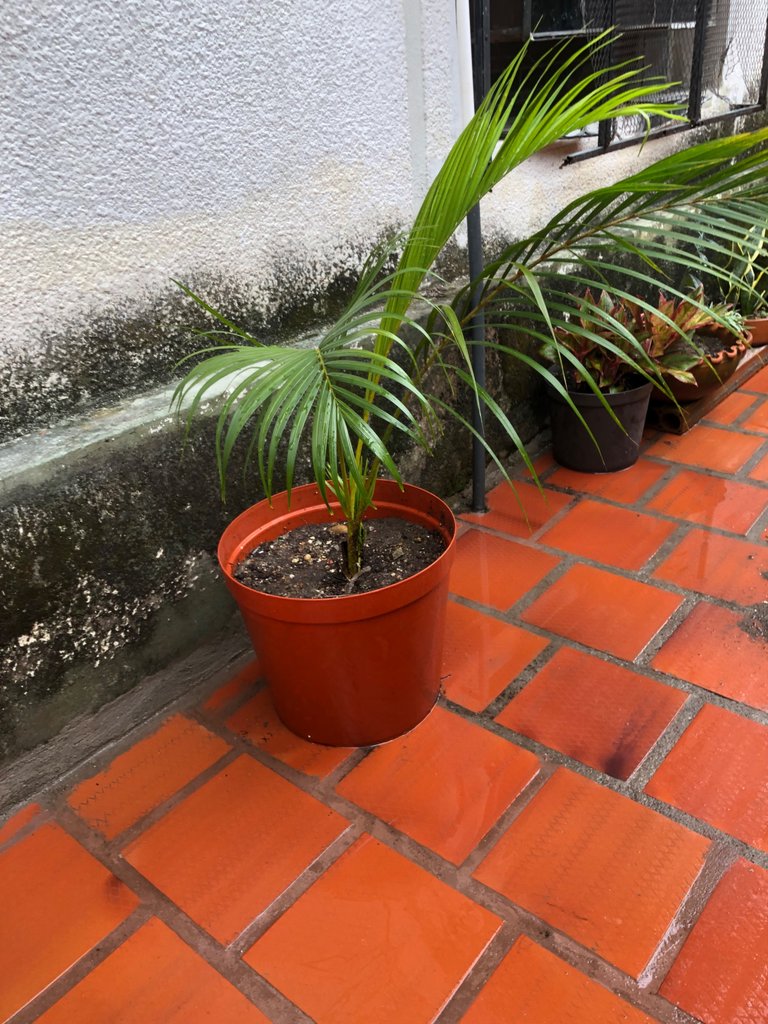
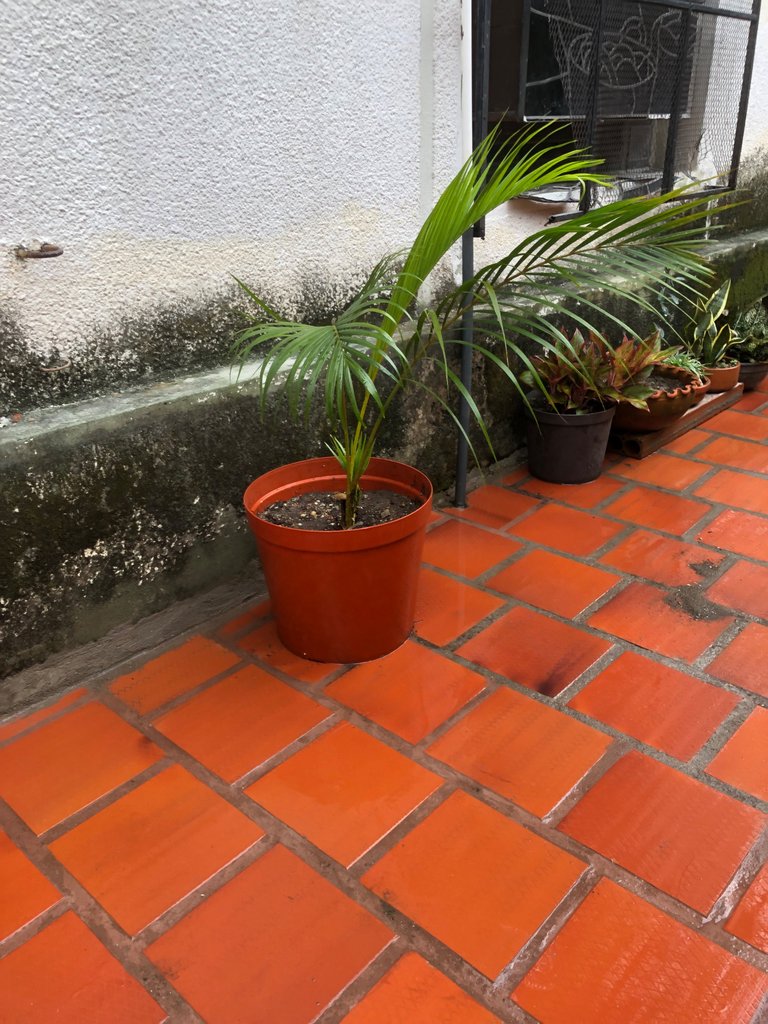
A plant of 2 meters high will transpire through its leaves in 24 hours an average of 1 liter of water, so we can deduce that it is demanding in terms of irrigation water. The root ball should always be kept moist, but without excesses. This high rate of transpiration, coupled with the ability to remove toxins from the air
Una planta de 2 metros de altura transpirará por sus hojas en 24 horas una media de 1 litro de agua, por lo que podemos deducir que es exigente en cuanto al agua de riego. Siempre ha de mantenerse el cepellón húmedo, aunque sin excesos. Este alto índice de transpiración, unido a la capacidad de eliminar las toxinas del aire
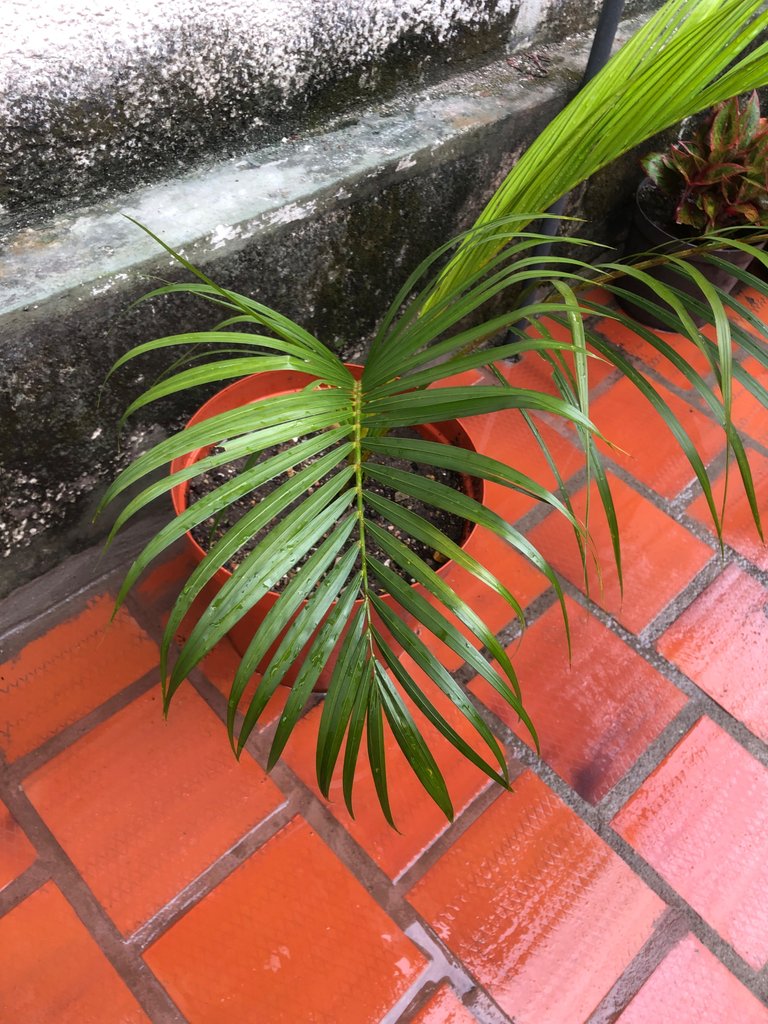
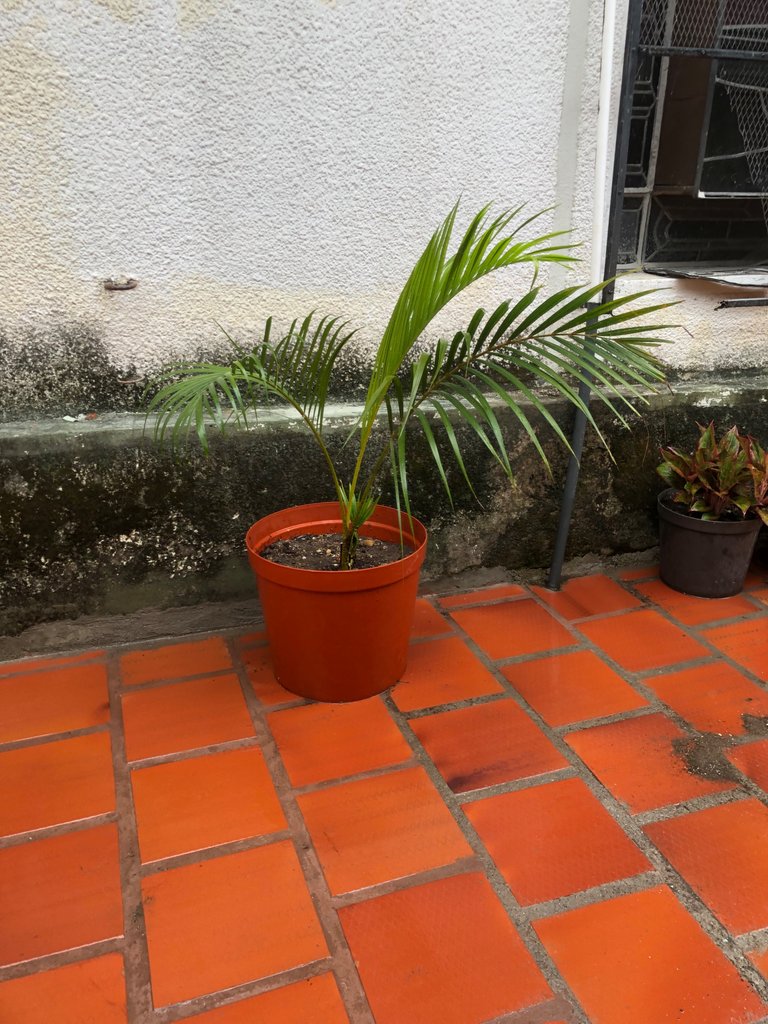
Thus it is usual that the tips of the leaves acquire brown tones, but this does not imply a decay of the areca, it is simply a sign that it does not have enough environmental humidity. To avoid brown tips, the leaves should be sprayed regularly. It is a very good plant for interiors not exposed to the sun.
Así es habitual que las puntas de las hojas adquieran tonos marrones, pero esto no implica un decaimiento de la areca, simplemente es señal de que no tiene la suficiente humedad ambiental. Para evitar las puntas marrones hay que pulverizar las hojas con regularidad. Es una muy buena planta para interiores no expuestos al sol.
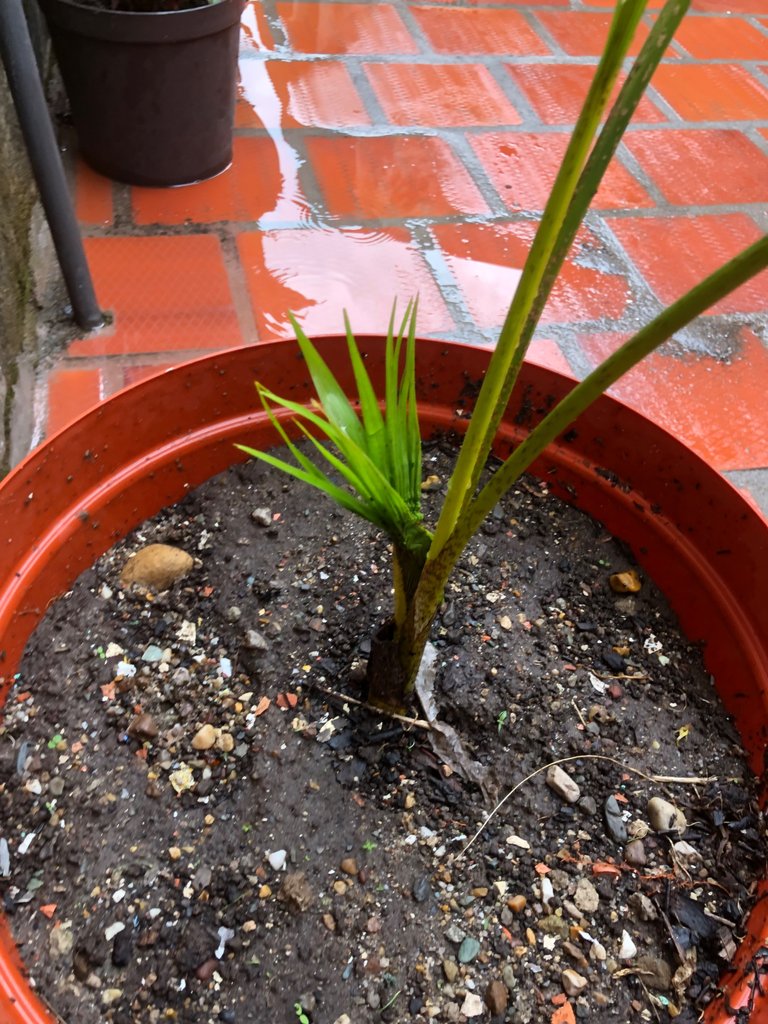
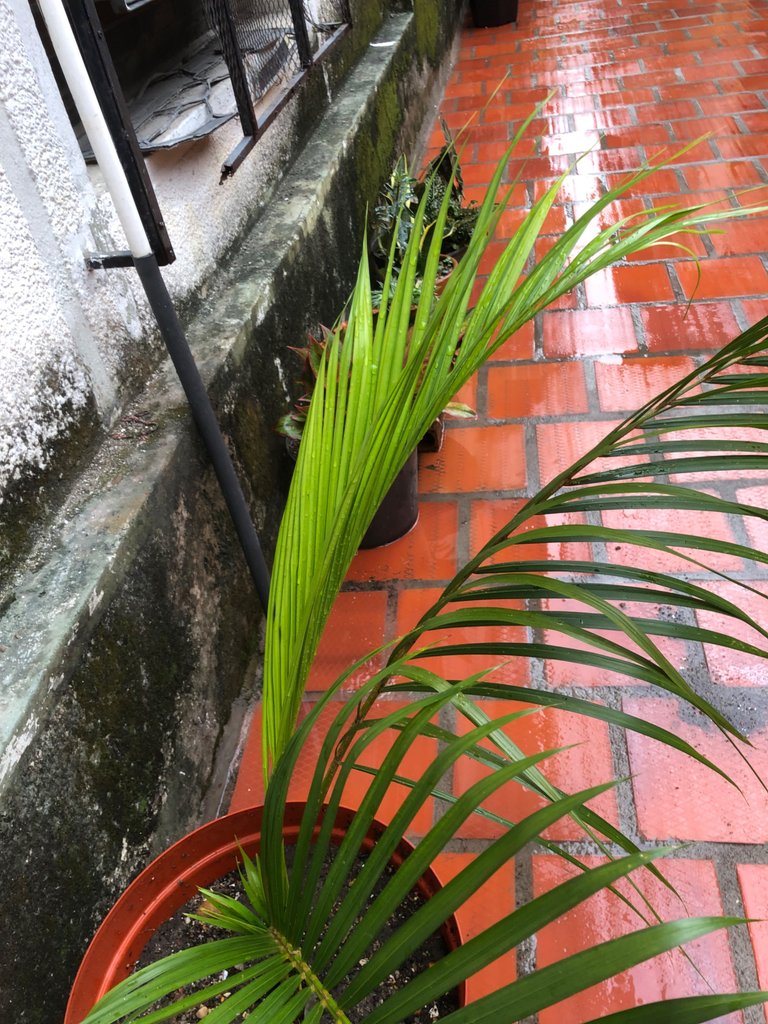
Nature is love.

Congratulations @herreramaya15! You have completed the following achievement on the Hive blockchain And have been rewarded with New badge(s)
Your next target is to reach 200 replies.
You can view your badges on your board and compare yourself to others in the Ranking
If you no longer want to receive notifications, reply to this comment with the word
STOPCheck out our last posts:
Source of potential text plagiarism
Hello.
Plagiarism is the copying & pasting of others' work without giving credit to the original author or artist.
We would appreciate it if you could avoid plagiarism of content (full or partial texts, videos, photography, art, etc.).
Thank you.
Guide: Why and How People Abuse and Plagiarise
If you believe this comment is in error, please contact us in #appeals in Discord.